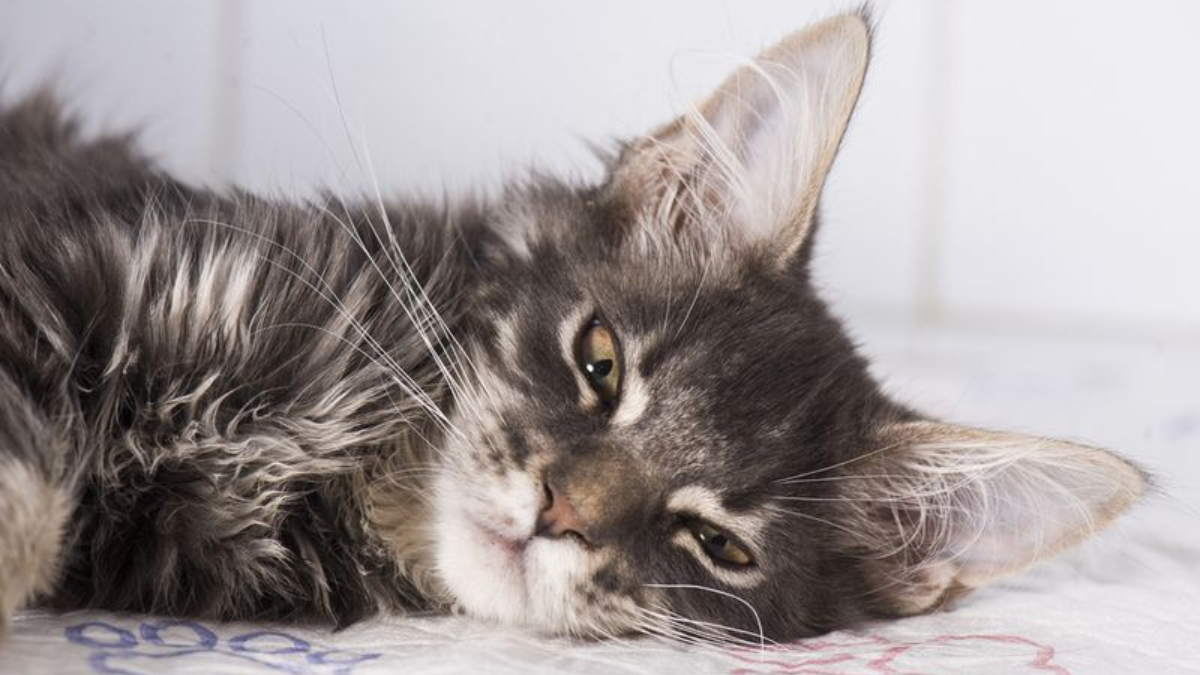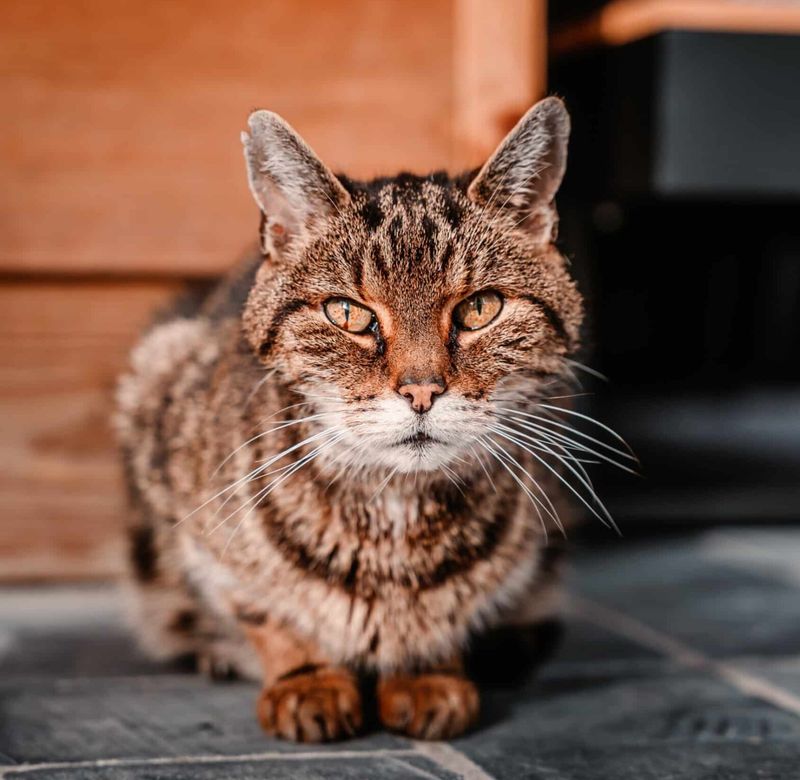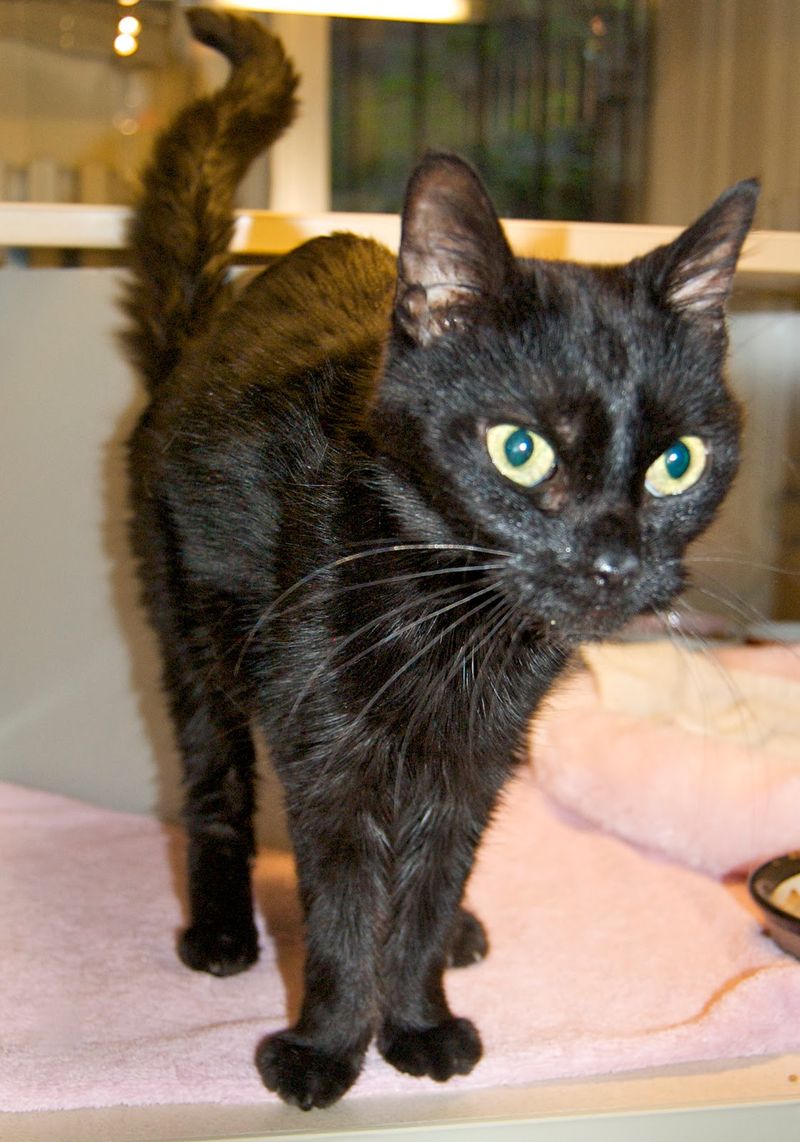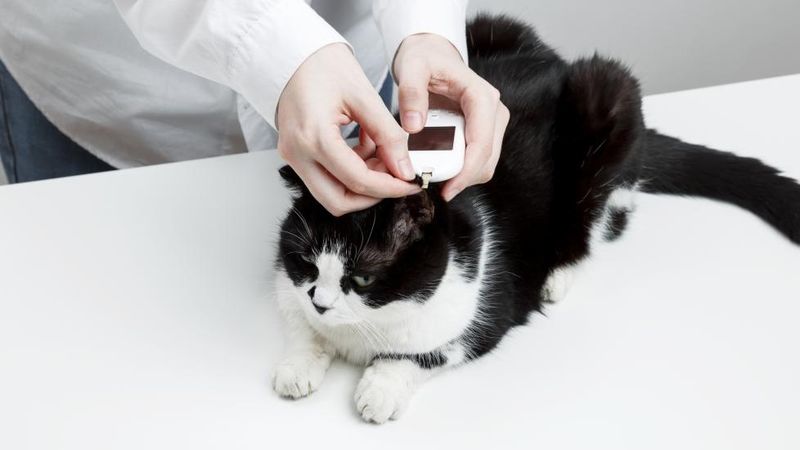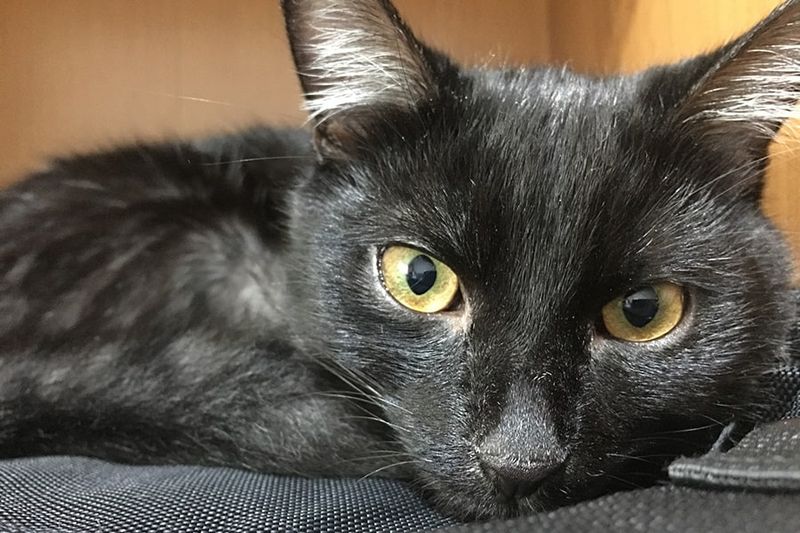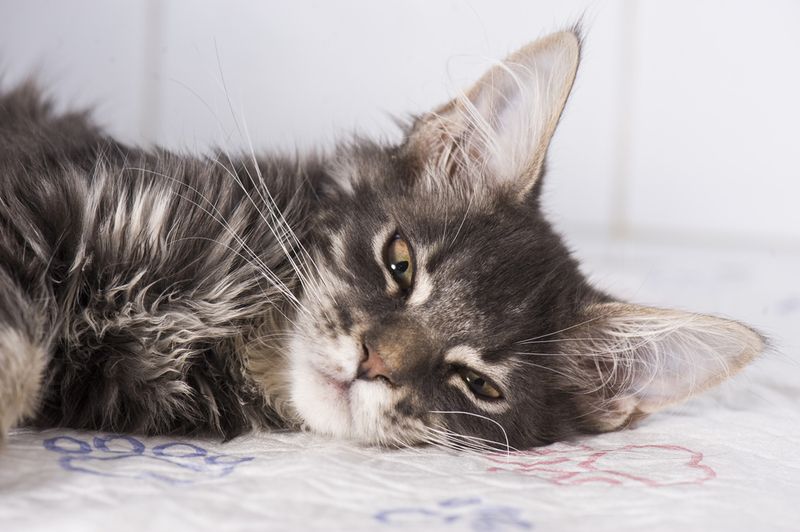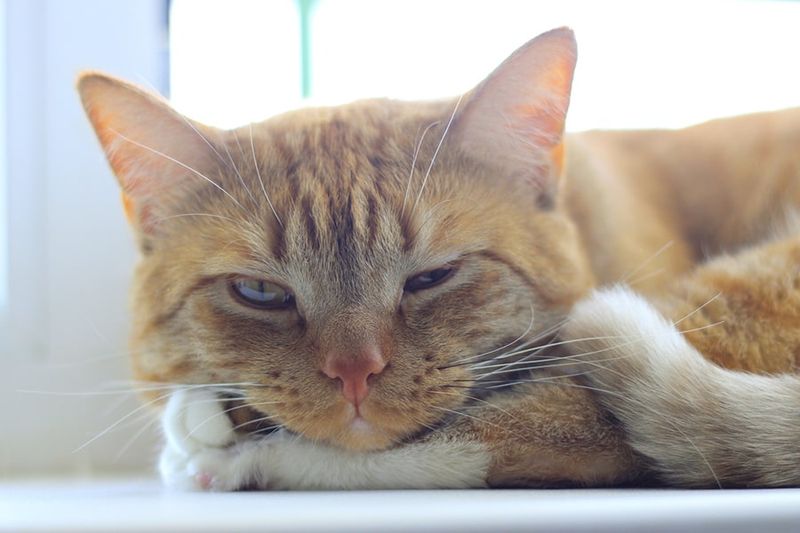📖 Table of Content:
Cats are known for their ability to mask signs of illness, making it difficult for owners to detect health issues early on. What may appear to be a slight change in behavior or appearance could actually indicate a more serious problem beneath the surface. Understanding the subtle signs of potential health issues is crucial in ensuring the well-being of your feline companion.
Many health problems in cats can develop gradually, often starting with minimal symptoms that are easy to overlook. These early signs can easily be dismissed as temporary quirks, but they may be warning signals of a deeper concern. Being proactive and attentive to your cat’s behavior can help catch these issues before they escalate.
By familiarizing yourself with the common health problems that begin with subtle signs, it becomes easier to identify when something is wrong. Early detection can lead to more effective treatment, improving your cat’s quality of life. Paying close attention to these small changes can make all the difference in maintaining your cat’s health.
1. Chronic Kidney Disease
Chronic kidney disease is a progressive condition often seen in older cats. Initially, you might notice increased thirst or more frequent urination. These signs can be easy to overlook, especially if your cat seems otherwise healthy.
As the disease advances, your cat might lose weight or appear less interested in play. A dull coat and bad breath might also develop.
Regular veterinary check-ups, including blood tests, can help detect this condition early. Adjusting your cat’s diet and ensuring constant access to fresh water are key management strategies.
2. Hyperthyroidism
When a cat develops hyperthyroidism, a voracious appetite and unexplained weight loss are common symptoms. Along with these, your cat may seem more agitated or excitable than usual, which can be confused with normal temperament.
Despite eating more, your cat may lose weight, and their coat might become unkempt. These changes can appear suddenly, making it crucial to monitor any shifts in behavior.
Treatment options include medication, dietary changes, or even surgical intervention. Consulting with a veterinarian can lead to an effective management plan tailored to your cat’s needs.
3. Diabetes Mellitus
One of the early signs of diabetes in cats is an increase in thirst and urination. You may also notice your cat’s appetite fluctuating or their weight changing unexpectedly.
Your cat may appear more lethargic or sleep more than usual. The initial symptoms can be mild and easily attributed to aging or lifestyle changes.
Early diagnosis and treatment are vital to prevent complications. Insulin therapy and dietary adjustments are common management strategies. Regular monitoring of your cat’s condition can help maintain a good quality of life.
4. Dental Disease
Dental disease in cats can begin with bad breath or difficulty chewing, often going unnoticed until more severe symptoms appear. Your cat might drool excessively or drop food from their mouth.
Over time, you may see red or swollen gums, and your cat might seem reluctant to eat hard food. These symptoms can significantly affect their quality of life if left untreated.
Regular dental check-ups and cleanings are essential to prevent and treat dental issues. Providing dental treats and toys can also help maintain oral health.
5. Arthritis
Cats with arthritis may show early signs through changes in their mobility. They might be reluctant to jump or may take longer to climb stairs, often dismissed as part of the aging process.
You may notice your cat resting more or showing sensitivity when touched. Behavioral changes, such as irritability, can also occur.
Keeping your cat at a healthy weight and providing joint supplements can alleviate discomfort. A veterinarian can offer additional treatment options, including pain management strategies.
6. Heart Disease
Early signs of heart disease in cats might include a slight increase in breathing rate or coughing. These symptoms can be easily overlooked if your cat remains active and playful.
Your cat might also show reduced interest in exercise or play. It’s important to observe changes in energy levels and breathing patterns.
Early detection through regular check-ups is crucial. Treatment options can include medication and lifestyle changes. Prompt veterinary care can greatly improve your cat’s quality of life and longevity.
7. Inflammatory Bowel Disease (IBD)
Subtle symptoms of inflammatory bowel disease in cats, like sporadic vomiting or diarrhea, can be easily overlooked. These episodes might seem like minor, isolated occurrences at first.
Over time, your cat may lose weight or show a decrease in appetite. A dull coat and changes in energy levels are also common.
Consultation with a veterinarian is essential to diagnose IBD. Dietary adjustments and medication can help manage the condition. Regular monitoring and adjustments to treatment can improve your cat’s digestive health.
